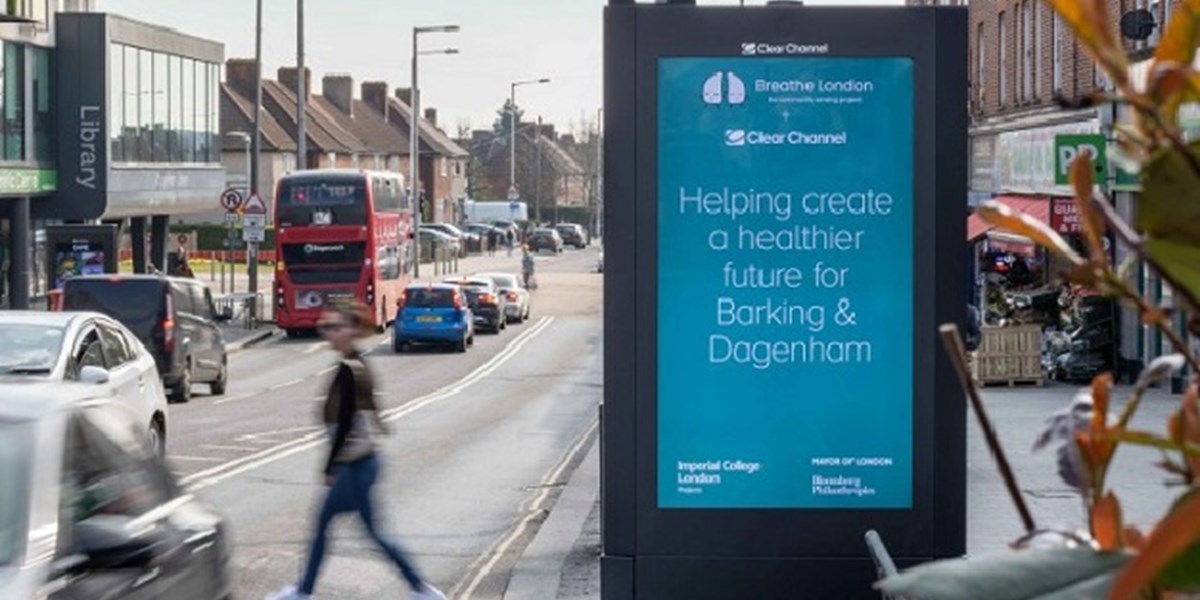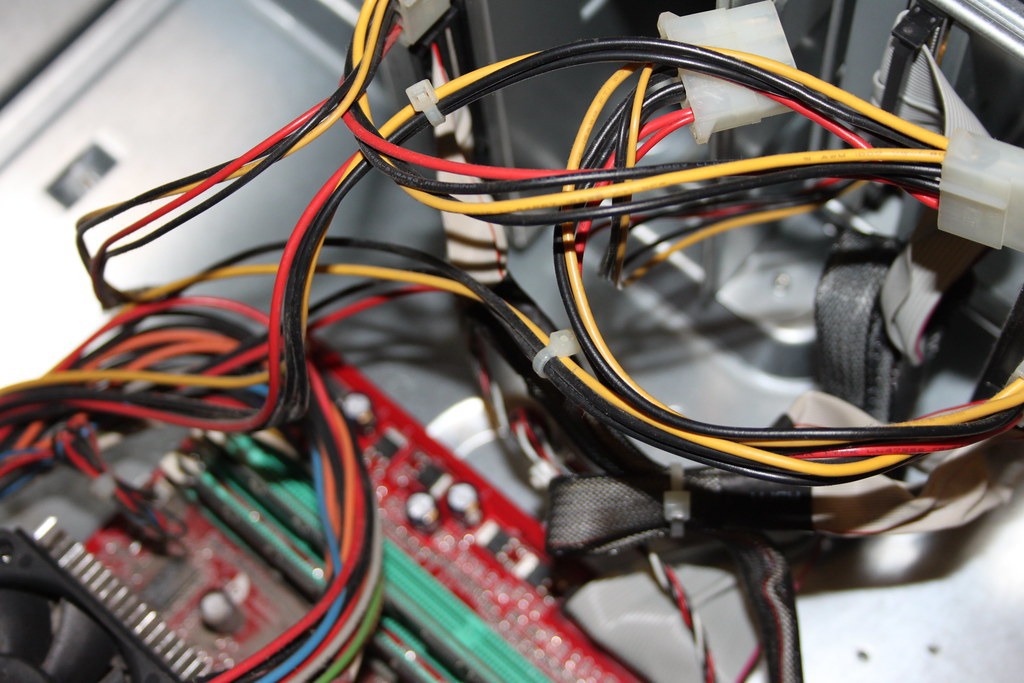Monitoring Air Quality: Will Councils Succeed Through New Tech Sensors?

After Imperial College London’s Environment Research Group (ERG) launched a pilot integrating air quality sensors into digital advertising displays in the borough of Barking and Dagenham, Housing Industry Leaders highlights what this means for improving air quality in the area and across London.
The project, which integrates air quality sensors across advertising boards in the area, is working with media and infrastructure company Clear Channel on the initiative as part of the Breathe London programme.
The Breathe London network is run by the Environmental Research Group at Imperial College London – the same group that runs the London Air Quality Network. Combining air pollution science, toxicology and epidemiology, the group can determine the impacts of air pollution on health.
They were developing the project in collaboration with the ERG, the Mayor of London and Bloomberg Philanthropies to provide real-time, hyperlocal air quality data to Londoners via Breathe London.
Scalability at the heart of the project
Ensuring the air sensors can be rolled out on the national network of digital advertising displays, sensor manufacturer Clarity Movement and digital display partner Amscreen have created a standardised solution.
This pilot demonstrates how easy and affordable it can be for local authorities and existing air quality networks to use our street furniture to measure the air pollution in problem areas and inform the right interventions to improve local air quality
Barking and Dagenham were specifically chosen as the launch area for the sensors as the regions have a large footfall where air pollution is likely to have a more significant impact on residents.
The sensors monitor levels of nitrogen dioxide and particulate matter (PM2.5), which negatively impact respiratory health.
Extensive funding allows room for development
In February 2020, the Mayor of London decided to fund a four-year continuation of the pilot phase of the Breathe London network. The funding covers the roll-out of 100+ sensors at schools, hospitals and co-location sites across London.
Cllr Margaret Mullane, the Cabinet Member for Enforcement and Community Safety at Barking and Dagenham, said: “I am pleased to see that we’re also introducing further air quality sensors, so we can understand the issue in hot spot areas and work out what else needs to be done.”
Technology plays a massive role in the project’s success as the data from across multiple sites are transmitted to Breathe London from over 300 small sensors across London
Creating a framework for other areas of the UK to follow, such as Manchester Birmingham would, is one of the main objectives of Breathe London. While the sensors won’t solve the air pollution issues, they highlight where local authorities should prioritise projects.
Andrew Grieve, a Senior Air Quality Analyst, said: “Air pollution is the most significant environmental risk to health in the UK and globally. The World Health Organisation recently updated its guidelines, setting much lower targets, showing we have further to protect public health.
“Only by monitoring air quality can we see if we are heading in the right direction, so we are hugely excited by this unique partnership between business, academia and local government to expand the Breathe London network.”
Neil Chapman, Clear Channel’s product development director, added, “Out of home advertising most often exists in densely populated areas, where air quality data is needed most and can benefit the public.

